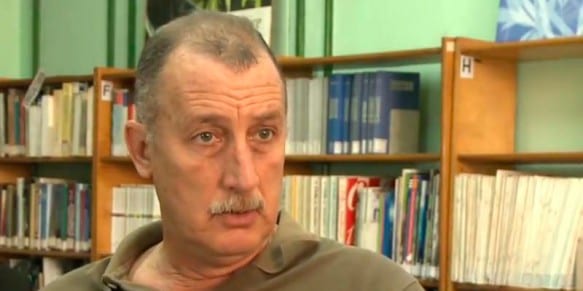In Cuba People are Worried over the Two-Currency System
By Pilar Montes

HAVANA TIMES – Nowadays, when people popularly refer to the “Generation of 25” here in Cuba, they don’t mean any specific year, but are instead referring to all the Cubans who were born in the 1990s and have lived all their lives with two currencies.
As Juan Triana Cordovi, a well known Cuban economist, has pointed out, “living with two currencies, buying with two currencies, eating with two currencies, thinking in two currencies” has been the most normal thing for this generation.
For Cubans born before the Revolution, who reached adulthood after January 1st 1959, this isn’t a very normal situation.
The objective of a “prosperous and sustainable socialism” won’t be met because one of these currencies is eliminated, which are really more than two, by the way, as there is the CUC-CL (currency certificate) which is backed by USD reserves and others which don’t have this guarantee.
Experts in these money issues have argued that our future prosperity will only come about when there is a single currency. If only things were that simple and one can partially understand why the new currency unification process is taking so long, because there are so many obstacles on the horizon.
In Triana’s opinion, “when there is a single currency and a single exchange rate, we will have to ensure monetary discipline” which the Havana University professor believes to be the most sensitive and complex issue not only in Cuba, but in any country.
The exchange rate of 1 CUC = 1 US dollar is really overpriced, which forces the CUC to be devalued against the US dollar, something which is already happening on the black market, where it went from 0.92 or 0.93 CUC for one dollar to 0.97 this year.
As Professor Triana explained to me, Niall Fergusson writes in his book The Ascent of Money that money is trust inscribed. “That’s why the CUC economy served its purpose while there was that discipline,” the economist warns.
This was an economy that was split into two large sectors: the one that operated using the 24/25 peso (CUP) to the dollar or the CUC exchange rate which has been adapted to the devaluation of the CUP, adjusting costs, prices and salaries to this rate.
This has meant that the govenrment doesn’t receive accurate signs of what it has available to assign resources in the State budget. There are hundreds of people working today to correct this matter, including international experts from the European Union, as the government has officially reported.
First things first. Triana suggests starting off with the state sector and trying to set a single exchange rate. The magnitude of the task at hand is another challenge in itself. It seems that in similar kinds of situations, the magnitude of devaluation is decisive because there will definitely be some kind of devaluation, as this is already manifesting itself in current prices going up.
Recently, I was personally surprised to discover that not only some state-controlled stores and markets are refusing to accept CUC, but private ones are too, even when private entrepreneurs take them at a rate of 22 or 23 CUP instead of 24 or 25 like they used to.
Money under the mattress is either in CUP or USD, as owners are trying to get rid of their CUC.
There has always been at least minimum special treatment for the lowest income sectors, such as the elderly, pensioners, the handicapped, people receiving the equivalent of social security benefits or other subsidies, although even these people are afraid they will have to tighten their belts even further in the near future, before a new monetary stability is reached.




